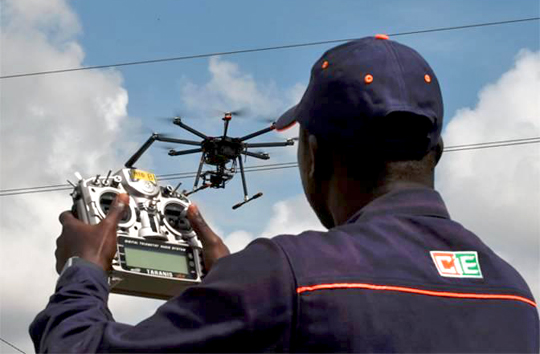Melbourne, Jul 11: The University of Adelaide has become Australia's first varsity to offer a professional course to train people to fly drones or remotely piloted aircraft.

The five-day intensive commercial drone course will lead to the award of a Remote Pilot License, certified by the Civil Aviation Safety Authority of Australia (CASA).
Under Civil Aviation Safety Regulations, the operation of drones over two kilogrammes for commercial purposes needs certification.
"Drone technology is rapidly evolving and growing in popularity in a range of industries, from agriculture and mining through to engineering and defence," said Professor Lian Pin Koh, Director of the university's Unmanned Research Aircraft Facility that runs the course.
"We have been using drones for a wide range of environmental and agricultural research applications, both within the country and internationally," Pin Koh said.
The course covers all practical and theoretical syllabus and requirements of CASA for a commercial drone license, including air legislation, aerodynamics, meteorology and flight training for both multi-rotor and fixed wing drones.
Initial courses are being run for students and staff, with the first open course planned for August.
The course is open to members of the public and costs AUD 3,500.





Comments
Add new comment